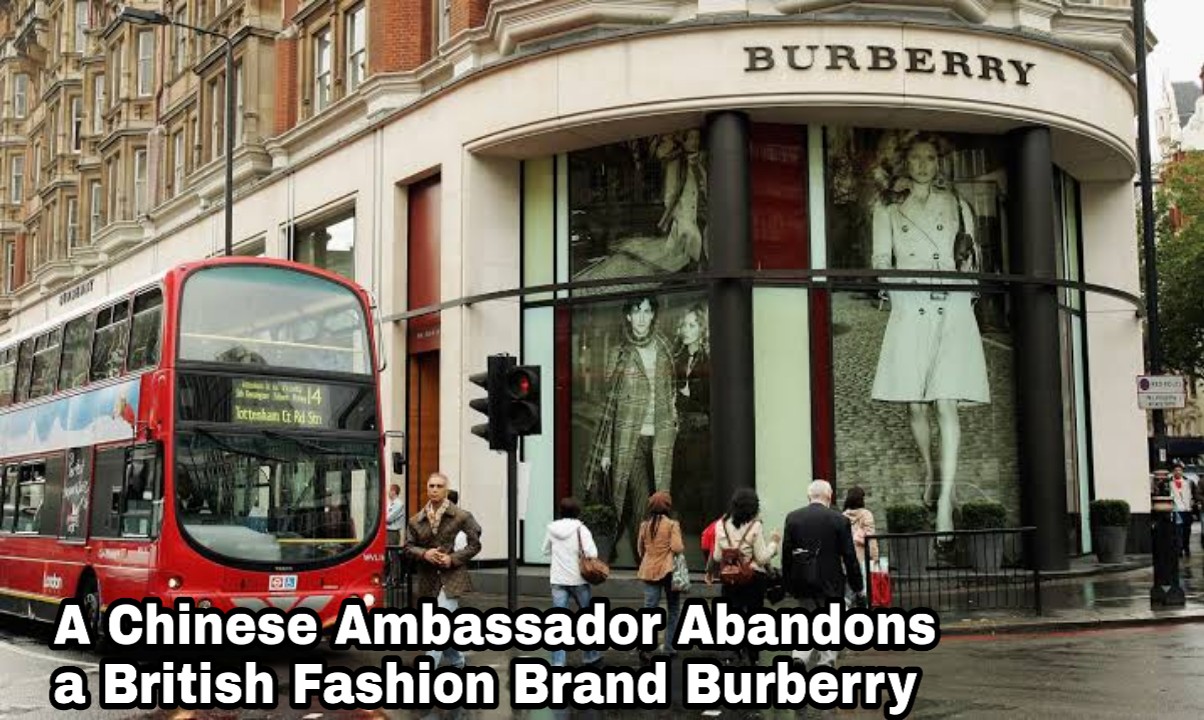China Is Upgrading The Definition Of Luxury
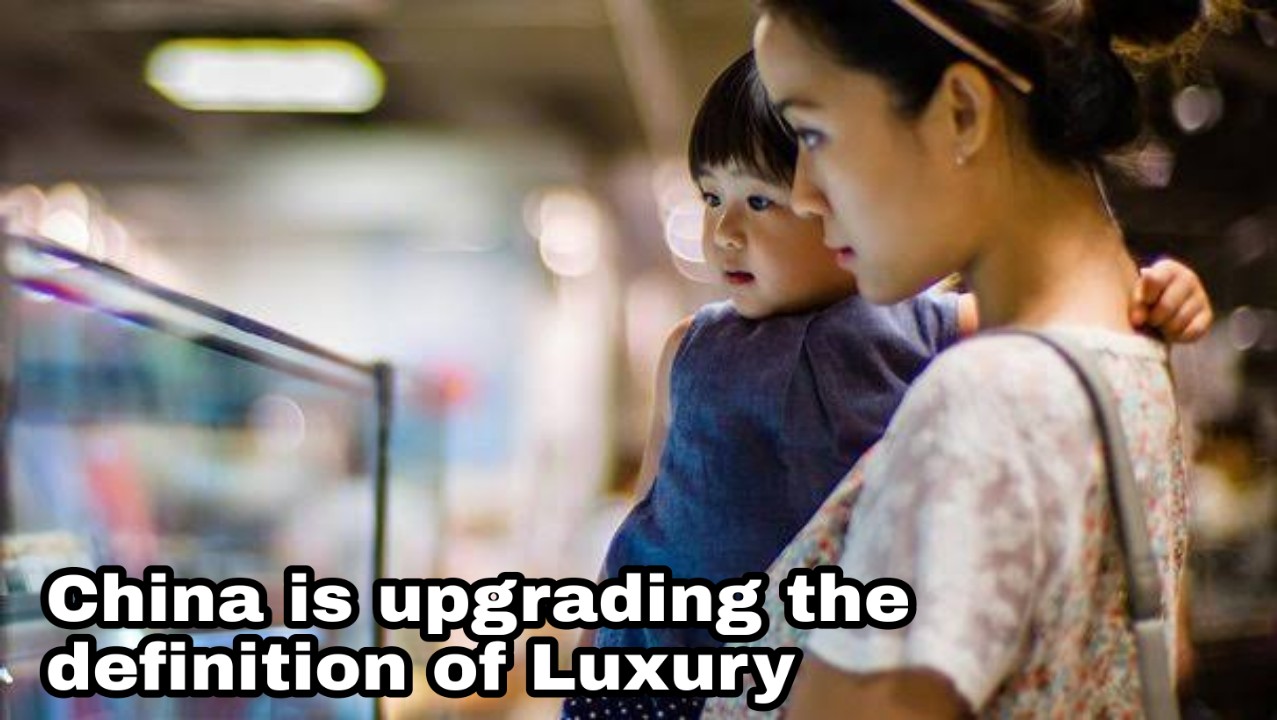
China’s young consumers are eagerly expressing their individuality through luxury goods. Luxury is no longer just about the product as the consumers value creative and convincing goods. Social commerce means that the possibilities for selling and marketing are endless. Chinese consumers want to take part in personalized campaigns and share their experiences online. Brands can easily leverage a lot of online engagement by creating campaigns, hashtags, or location tagging, as conducted in Burberry’s pioneering social retail store with Tencent. Once launched, they can rely on their audience to produce user-generated content, creating a spiral of awareness among follower circles. The integration of offline and online has become a key part of China’s new luxury given that consumers want something to show for their branded experiences. Prada’s 520 campaign is a prime example of this involvement, as celebrity Cai Xukun attracted many of his fans to participate in the campaign by creating customized posters. Livestreaming dominates China’s e-commerce space and is something luxury brands in China are gradually adopting. During the first digital Paris Fashion Week in July of 2020, Dior invited its famous brand ambassador Angelababy to watch the show over a Livestream. With almost 748 million views on related hashtags, the stream became the third-most searched item on Weibo. China is leading the change in the luxury industry because brands don’t have to serve the old guard. In fact, they have been rewarded by China’s new generation of expressive and artistic luxury customers for being original, experimental, and creative, as long as they remain culturally sensitive. The country’s innovative culture has enabled brands to go all-out and reinvent what it means to be luxurious in China. Daniel Langer, professor of luxury strategy, CEO of Equitte says "ten years from now at least one of the top ten luxury brands will be Chinese." “Chinese customers are unbelievably savvy when it comes to the value of brand; they want to know what is behind the brand,” Langer states. “I would say the Chinese customers are the savviest customers in the world in terms of luxuries. This means you can’t fool them and this is the mistake American luxury brands are doing, asking customers to pay high prices for something with little intrinsic value,” he further adds.

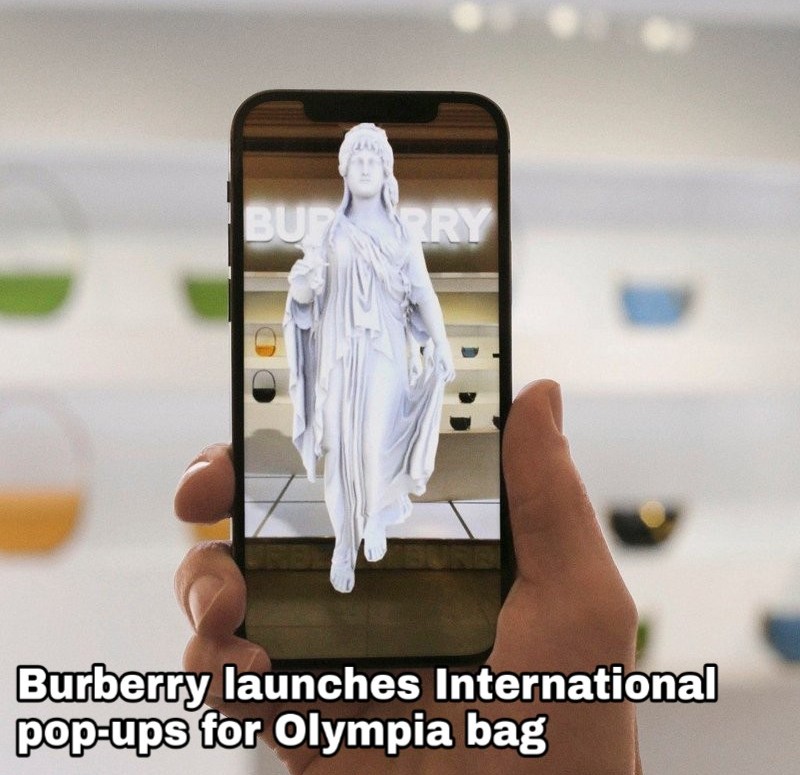
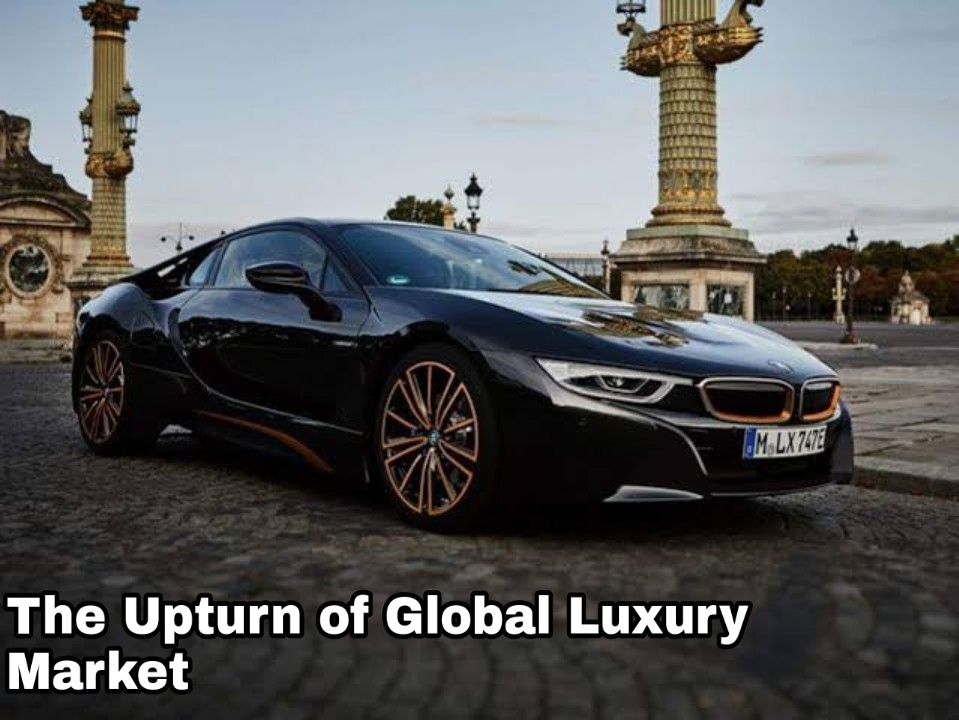
.jpg)
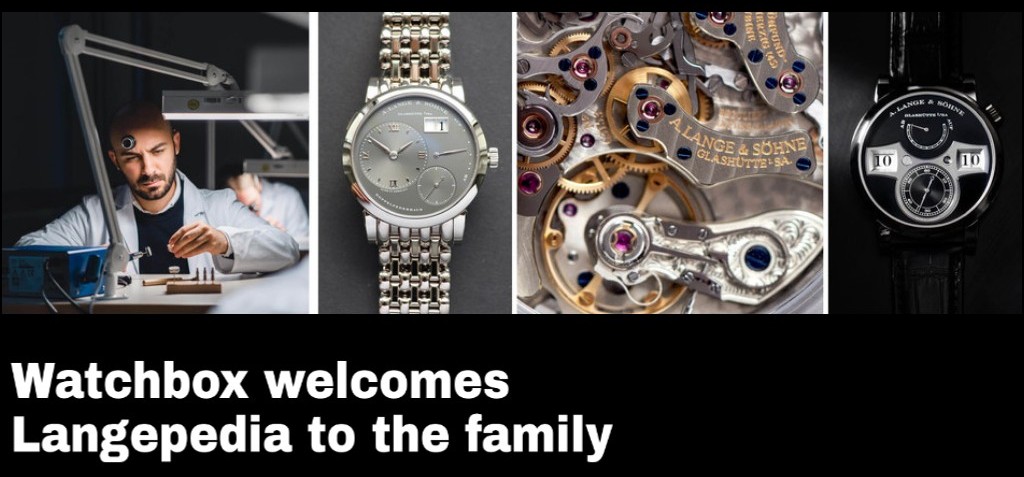
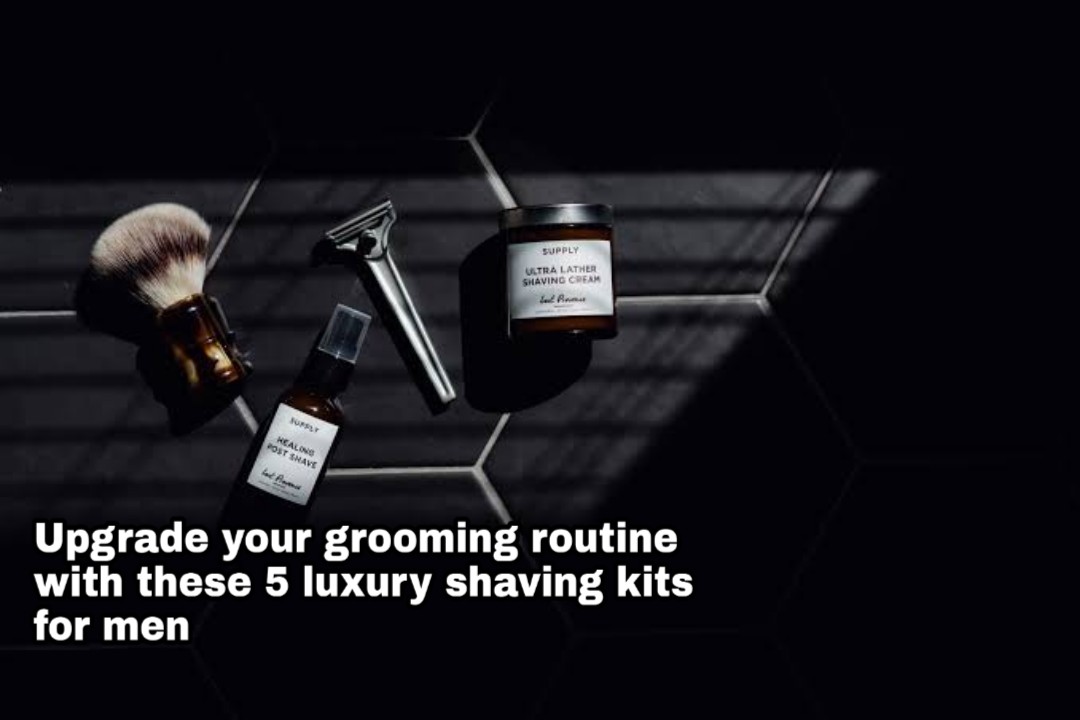
.jpg)
